We’re all aware that the foods that are worst for our health are often worst for the earth’s health too.
The more processed and packaged an ingredient or product is, the more likely it is to not be good for humans or the environment.
Fortunately, just as awareness about sustainability has increased over recent years, so has interest in food and the impact it has on people and planet.
At the forefront of this movement is Field Doctor.
Founded in 2020, the Somerset-based brand combines nutritional science with sustainable sourcing to create delicious healthy meals.
“We are passionate about harnessing the power of naturally grown food ingredients to future proof your health and reduce our impact on the planet,” says Field Doctor’s co-founder and dietitian, Sasha Watkins.
“Using carefully selected ingredients from sustainably-focused producers, our meals are plant heavy and packed with flavour, nutrients and health benefits, then flash-frozen to lock-in their goodness.”
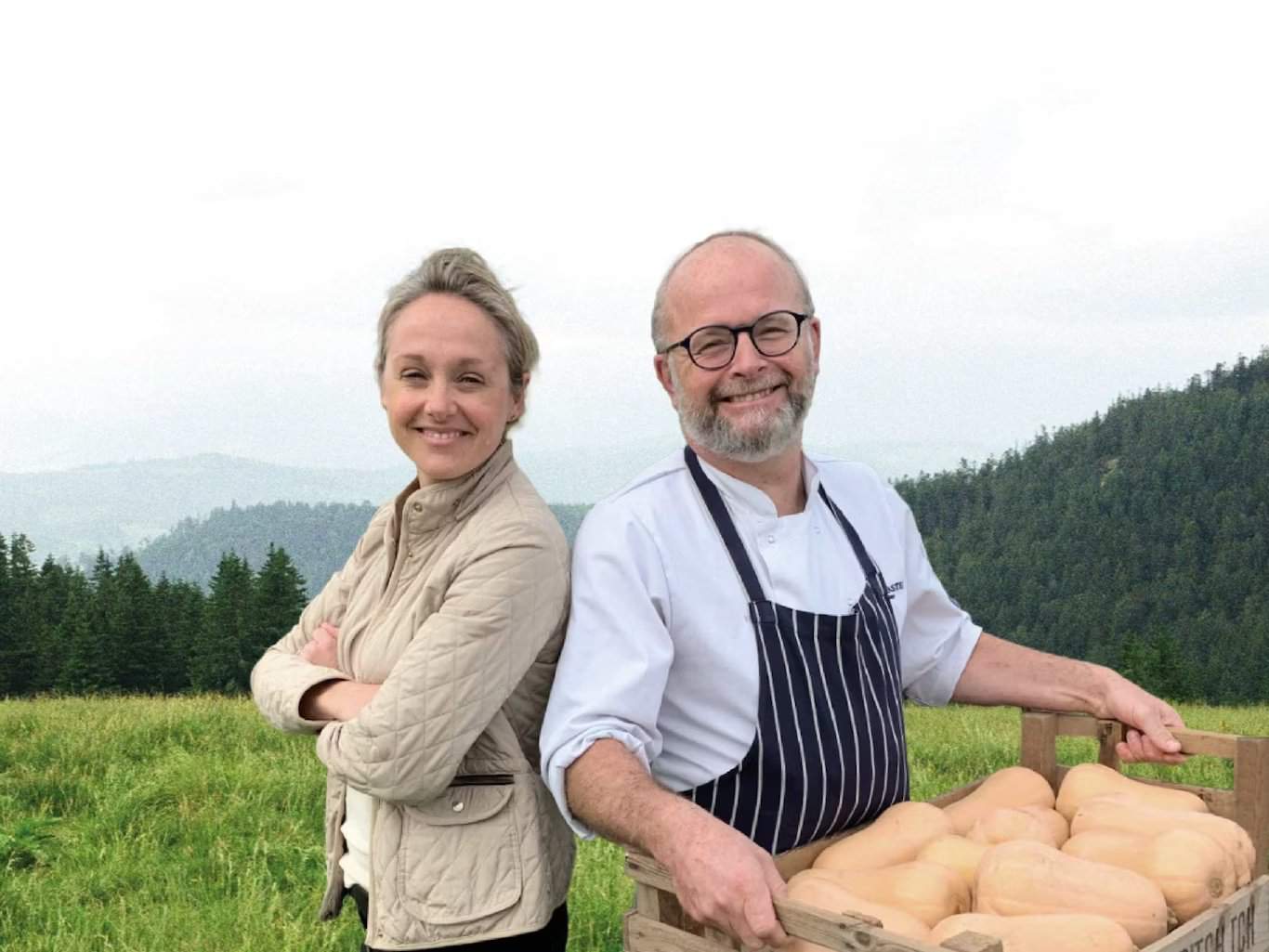
Diversity is key for us and the planet
Sasha works with Michelin-trained chef Matt Williamson in the brand’s own kitchen to craft the range, which includes everything from British fish pie to Malaysian tofu curry to vegetarian moussaka. While some fish and meat is on the menu, they are huge advocates for getting as many plant-based ingredients onto our plates as possible.
“Research has shown that eating 30 plus different plant types each week creates a more diverse gut microbiome,” explains Sasha.
“The different plant types contain distinct types of fibre, prebiotics and ‘bioactives’ that nourish different microbes. This microbial diversity is linked with better gut health, heart health and brain health.”
Eating more plants, and different types of plants, is not just good for us – it has benefits for the planet too.
“Just three crops, rice, maize and wheat, provide 60 percent of the world’s food energy intake,” continues Sasha.
“So it’s good to support the farming of diverse crops, especially those that are resistant to climate change. At Field Doctor, we are big supporters of crop biodiversity and the resurgence of ancient grains and pulses.”
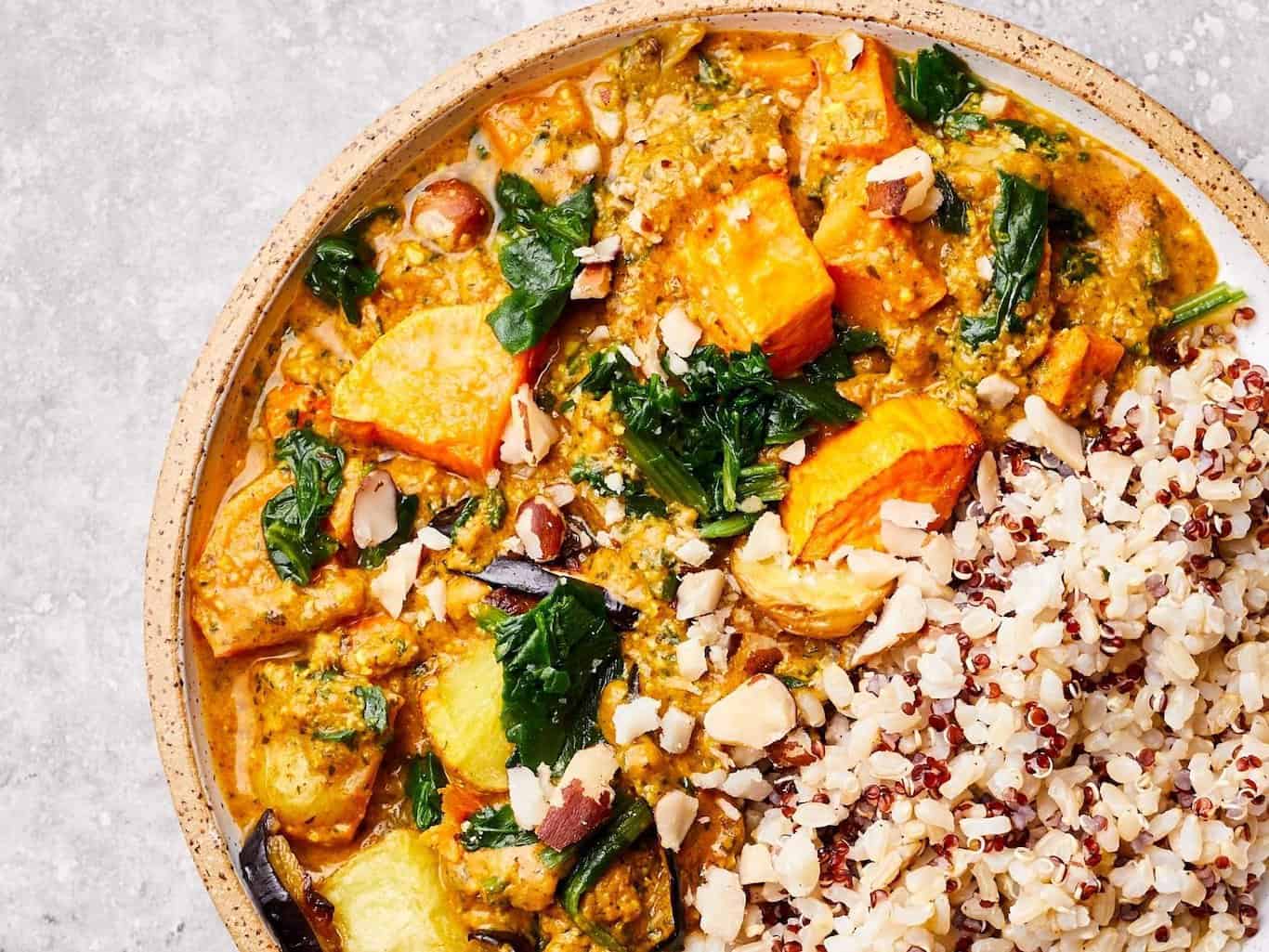
5 Real Foods To Supercharge Your Nutrition
Here are five of Field Doctor’s favourite plant-based ingredients for adding flavour and nutrition to meals.
1. Hemp seeds
“The nutritional properties of hemp seeds and hemp seed oil have been valued for thousands of years, with evidence of use in prehistoric times as well as in traditional eastern medicine,” says Sasha.
“Modern nutritional analysis has confirmed that these seeds are a powerhouse of nutrition.
They are a rich source of ‘heart healthy’ fats (polyunsaturated fats and essential fatty acids) with an optimal ratio of omega-6 fatty acids to omega-3 for good health. Hemp seeds also contain high quality plant protein and essential amino acids.”
“Best of all, hemp is a sustainable crop as it can grow prolifically with little water and no pesticides, replenishes the soil and provides a habitat for wildlife.
And don’t worry, hemp seeds grown for food consumption do not contain any cannabinols or drug compounds.”
“Dehulled hemp seeds, where the shell has been removed, have a lovely nutty hemp flavour are ideal for sprinkling onto pasta, cereal, salads or rice dishes, or even for putting into smoothies or for snacking,” says Matt.
“Whole hemp seeds have a powerful flavour that not everybody enjoys, so I’d recommend using dehulled.”
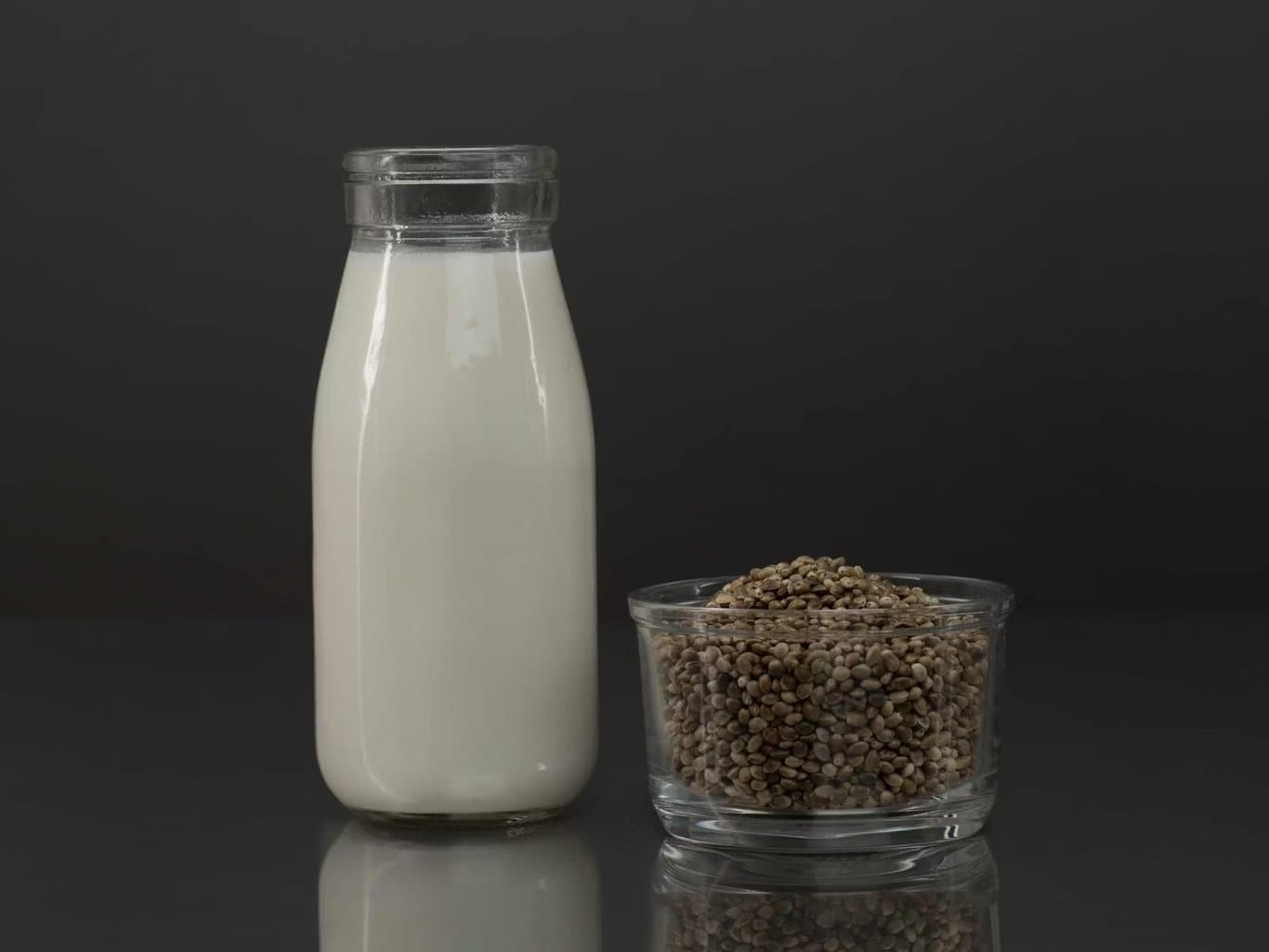
2. Wild garlic
Next on the list of recommendation is wild garlic.
According to Sasha, “Wild garlic is also known as ramsons, bear’s garlic, bear leek, buckrams and gypsy’s onions, and is a wild relative of chives. The edible plant is native to damp woodlands in Europe and the UK and emits a smell of garlic from its leaves and flowers when you pick them – hence its name.”
“The botanical name for wild garlic, allium ursinum, is derived from the Latin ursus, meaning bear and it is thought to have been a spring treat for bears waking up from their winter hibernation. Believed to have medicinal properties, research has found it may have good antioxidant and antimicrobial properties.”
“Wild garlic usually makes an appearance in March, and while it looks more beautiful later on when the small white flowers appear amongst the greenery, it becomes a little more fibrous and harsher to eat.
Although called garlic, it is more like a spring onion, and when cooked even briefly the flavour softens even more.
Matt advises that “it’s worth seeking it out to enjoy it during the short season and has become available in farmers’ markets and specialist shops.
It’s also available via foraging but if picking your own, please be careful as foraging mistakes can be harmful to your health and damaging to natural areas.”
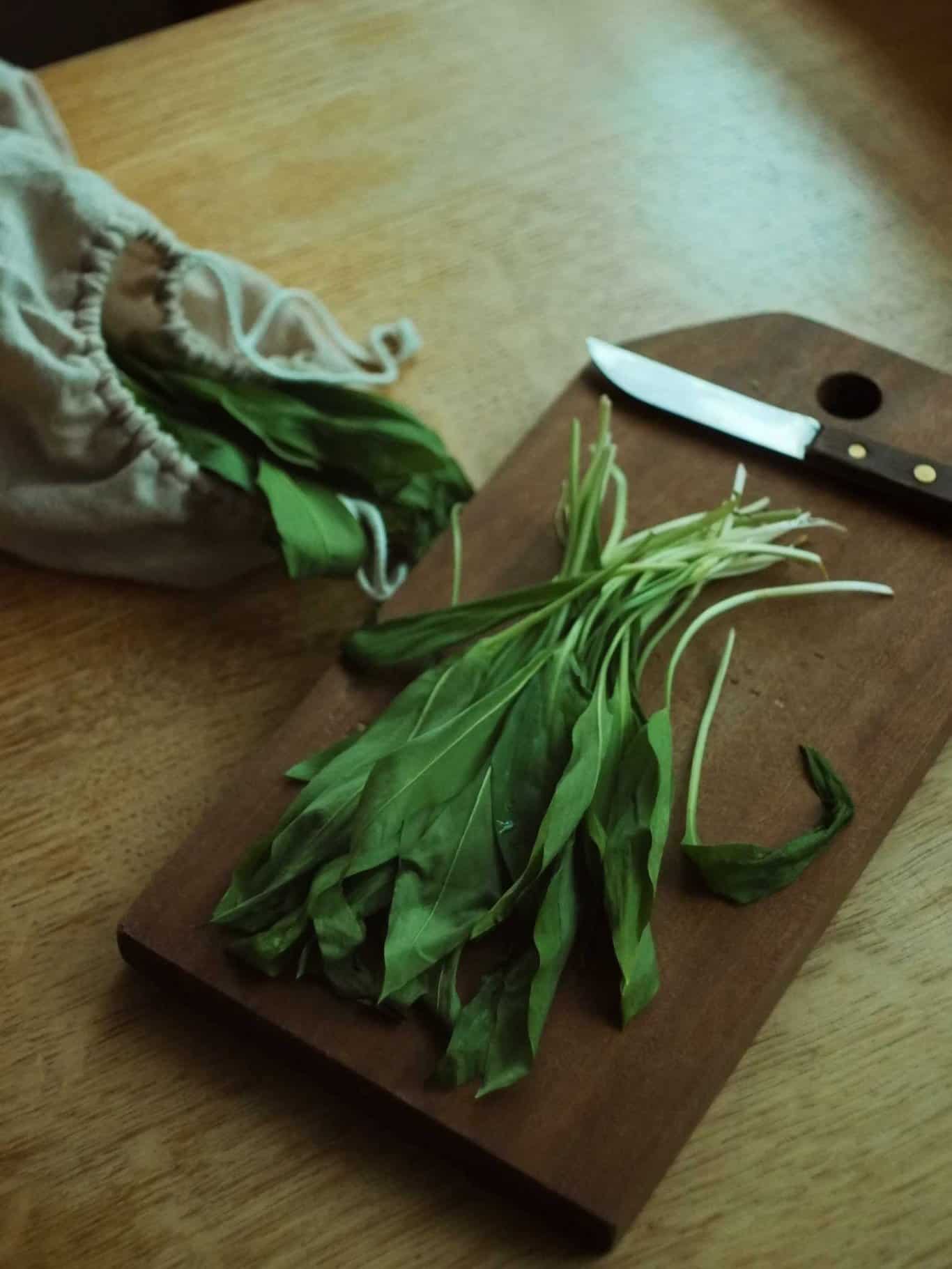
3. Fava beans
“The fava bean is Britain’s original pulse,” says Sasha.
“Delicious, nutritious and good for the soil, fava beans go by many names, including broad bean, faba bean, field bean, bell bean, English bean, horse bean, Windsor bean and pigeon bean.”
“Similar to chickpeas, lentils and the garden pea, they originated in from the Mediterranean region and date back to 6800 to 6500 BC (the Neolithic period). They are a good source of certain minerals that help with heart health and the immune system, such as copper, manganese and magnesium.
Fava beans are also rich in folate, linked with a reduction in birth defects, and fibre to support a healthy gut microbiome.”
Unsure what to do with them?
“Whole fava beans are perfect for bean stews, curries and salads,” Matt assures.
“Braise them in a sauce with punchy ingredients and they will absorb the flavours and thicken the dish. They bring a lovely earthy taste to recipes, but to turbocharge the final dish finish with generous amounts of fresh herbs, lemon and chilli flakes.”
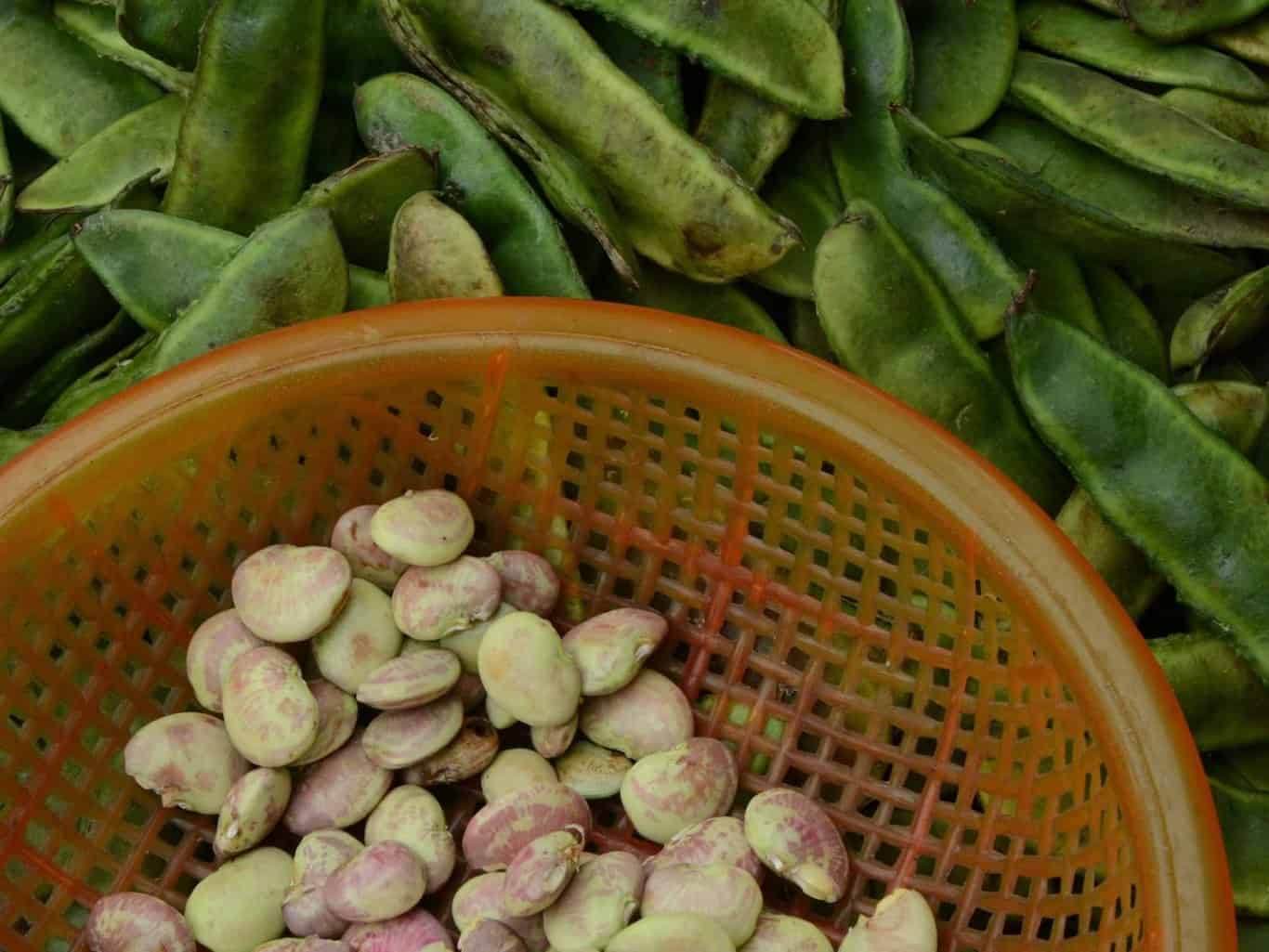
4. Naked barley
This is another plant based recommendation with a long history.
“Well before we ate modern wheat, naked barley sustained us,” says Sasha.
“Bronze Age farmers would be very familiar with this nutritious, malty cereal. It is a fantastic crop as compared to wheat, it needs less water when growing, and because it is able to cope well with our wetter northern European summers, it also requires less nitrogen fertilizer.
“Unlike most barley, where the inedible husk is tightly stuck to the grain, the husks fall off the naked barley grain when it’s harvested and threshed, leaving the tasty and nutritious wholegrain ready to use. As a wholegrain, naked barley is a complex carbohydrate with a low glycaemic index, hence it provides slow release energy.”
“In particular, naked barley is a wonderful source of heart healthy soluble fibre called beta-glucan which had been shown to reduce blood cholesterol – important given that high cholesterol is a risk factor in the development of coronary heart disease.”
“The flakes have a nutty, malty flavour and work well in baking, as a porridge or as a bircher muesli. Naked barley takes about 35 to 45 minutes simmering to become tender, but you can soak them for a couple of hours to speed up cooking.”
“We love the pleasingly chewy texture and wholesome flavour that naked barley brings to dishes; it’s a nice contrast to the pearl barley that people are used to. We use it as a substitute for rice and base our field green risotto on it.”
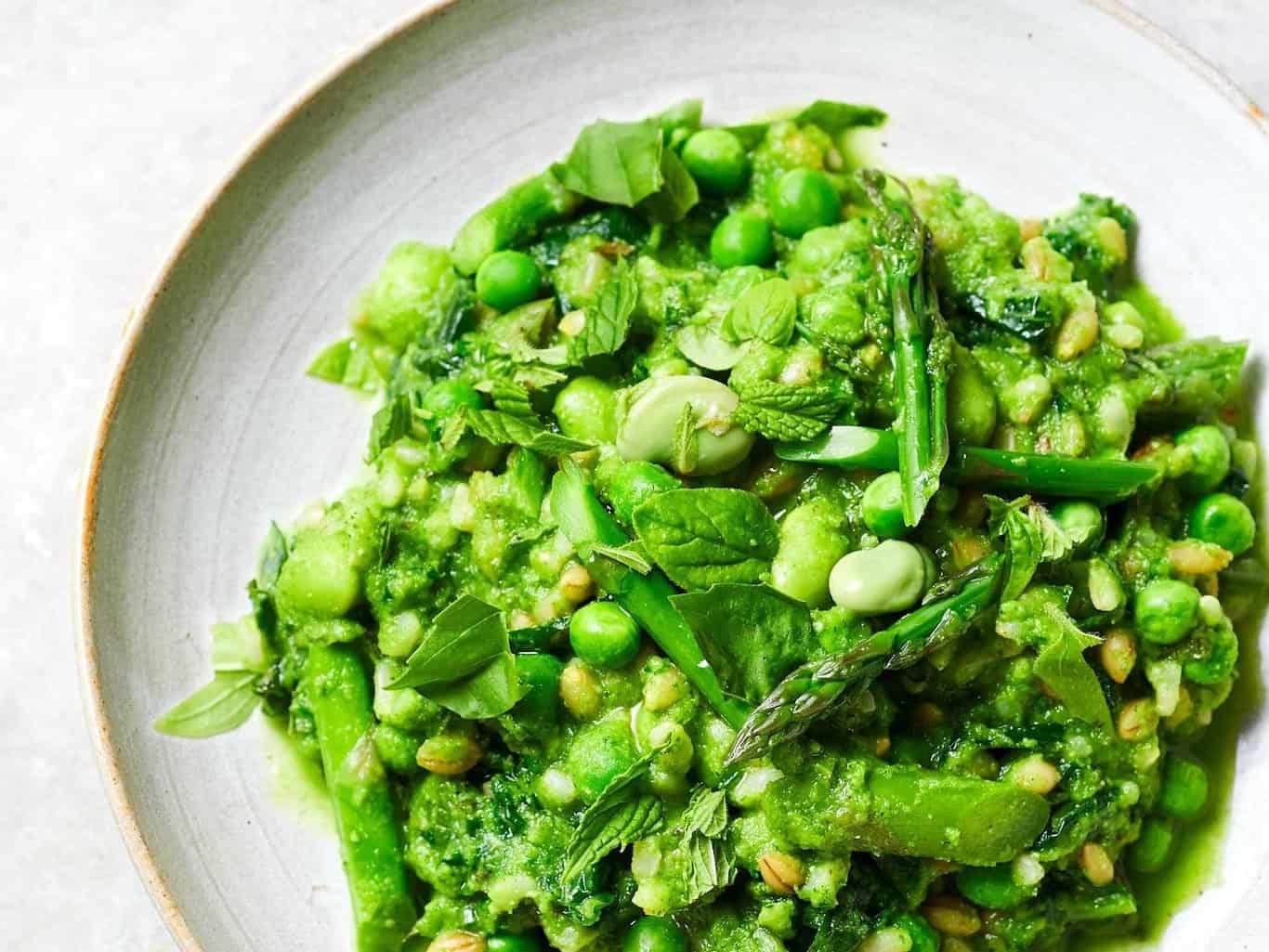
5. Extra-virgin olive oil
The final item on the list is extra-virgin olive oil (EVOO). “This is made by grinding olives into a paste, then pressing them to extract the oil,” explains Sasha.
“It is considered an unrefined oil since it’s not treated with chemicals or altered by temperature.”
“There is an abundance of research supporting its numerous health benefits. It is an excellent source of good fatty acids – high in monounsaturated fatty acids such as oleic acid – that can help lower your ‘bad’ LDL cholesterol.
It has been shown to have antioxidant and anti-inflammatory properties thanks to some of the chemical compounds that it contains.”
“EVOO is good for your microbes too,” she continues, “As many of the compounds pass through to your colon where they encourage some ‘good’ bacteria to flourish and prevent bad bacteria from colonising our guts.”
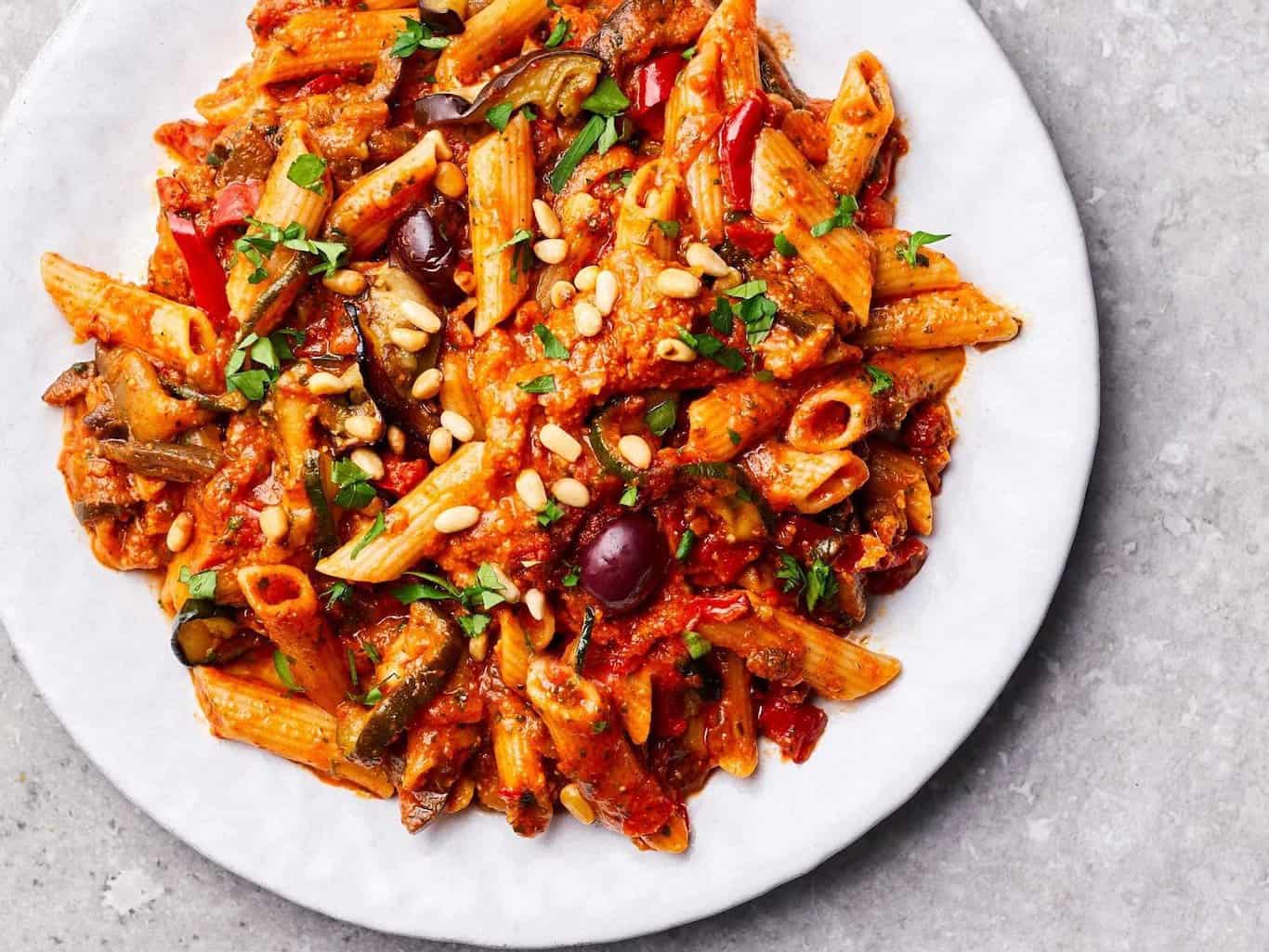
“It is cornerstone of the Mediterranean diet, which has been linked with lower rates of heart attacks, strokes, memory loss and breast cancer.”
“In the past there were concerns that the low cooking temperature of olive oil may lead to oxidisation and the creation of ‘toxic’ chemicals, many studies have now shown that this is not the case.
However, be careful with storage. Keep away from heat, light and oxygen – so don’t use a clear glass container.”
“A good quality extra virgin olive oil is delicious drizzled over warm and hot food just before serving, releasing aromas. It is also wonderful for cooking sofrito, where chopped vegetables are gently simmered in oil until the flavour is concentrated.”
“Almost all Field Doctor recipes begin with a sofrito,” notes Matt, which goes a long way to explaining the quality of the dishes’ flavour profile.
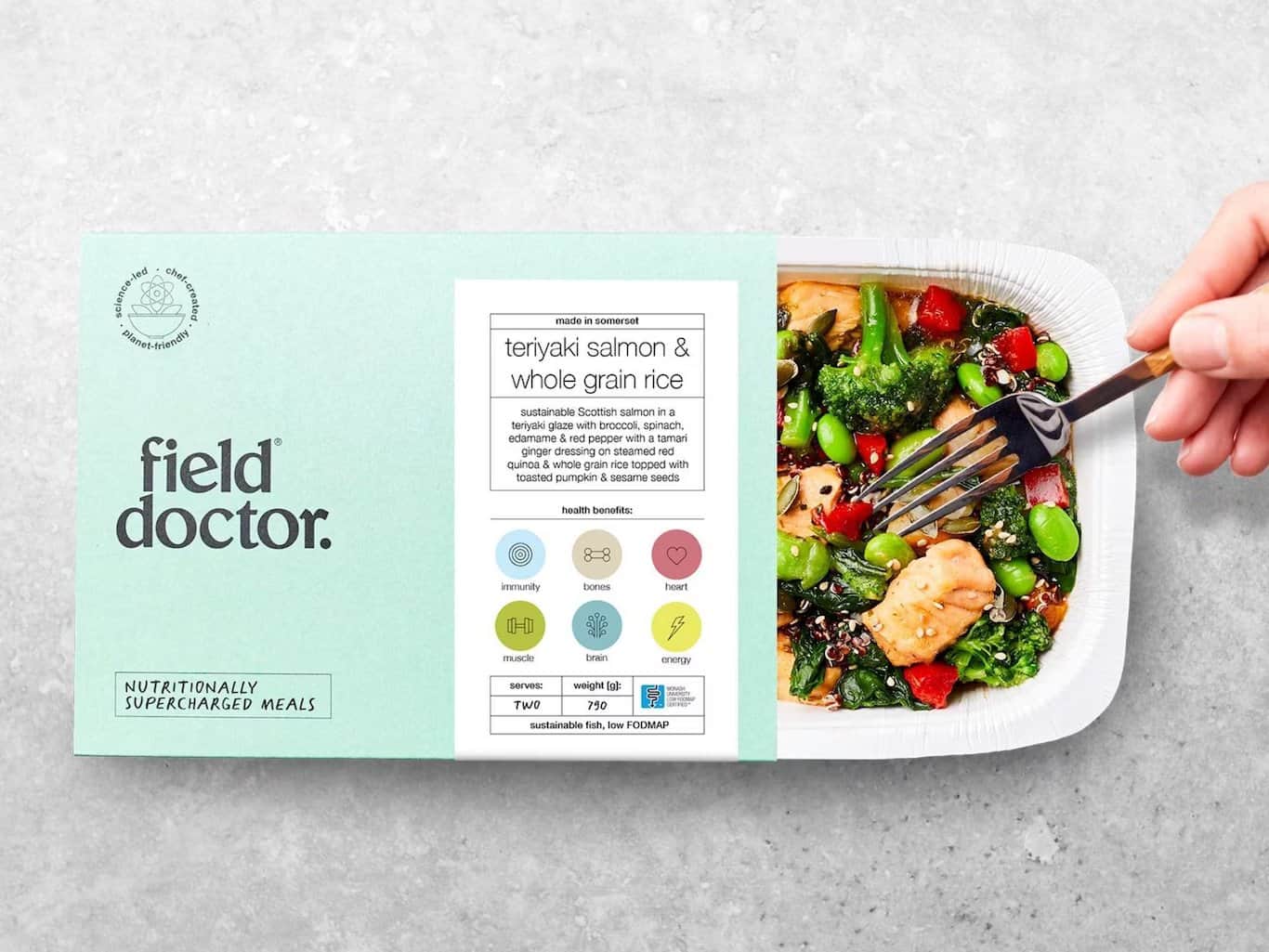
For as much as we want nutritious and sustainable food that has a positive impact on our bodies and our planet, we don’t want to compromise on taste either. Fortunately, with Field Doctor, we really can have it all.
For more information about Field Doctor’s plant heavy, nutritionally packed frozen meals, which are delivered to home click here.










